A Grand Old Name
The place-name given by folks to their hometown reveals much about the character of the land they have chosen to settle. While one might wonder about such places as Flushing, NY or Ashland, PA, there is nothing to puzzle over when folks call their home “Beautiful Village” …. Belleville. It may seem strange for a moment that these Dutch settlers gave a French name to their home in English speaking America. Yet, it speaks of their expectations, tells us that they believed they would become world renowned and so chose a name in the then international language, French. It is an old name by American standards, but not the oldest name given to this place.
If the old mastodon hunters, who ambled along what we now dare to call Main Street, ever had a name for this place, we shall never know it; although it may well have been a combination of a raised eyebrow coupled with an agreeable grunt that meant “nice place, huh?”
The Lenape, who lived here longer than any race of man, gave to the larger general area the name “Pahsayek” (Passaic) which meant “The Valley”, a name which survives as that of our bordering river as well as a town and county north of here. The eastern section of town is still known as “The Valley”. Most, but not all, Lenape names for near-by places have been erased from the map and from our collective memory. The Third River is still called the Yantacaw on some maps. Yantacaw is a Lenape word meaning “Dancing Place”. It is no mystery why that name was given. From the place where the Yantacaw flows into the Passaic and on south to Center Street was sacred Lenape land where the annual Thanksgiving rites were held since time immemorial. It was not just the locals, but all Lenape would make the yearly pilgrimage to this sacred power place. The north end of it was, of course, the dancing place. This may seem to be a bit of Nutley’s history and perhaps it is, but one must consider that Nutley was once Nut Lea, was once Franklin, was once the north end of Belleville (until 1874) which was once Second River. So, in the end it is also a part of Second River’s history.
The name Second River is, at it’s roots, a simple and descriptive cartographer’s term applied by Henry Hudson’s survey crew as they explored the Passaic River basin in 1609. The first white man to set eyes upon the site of what would be our town was either Henry Hudson himself or Robert Juet, his first officer. Juet kept a meticulous journal of the voyage, however, he neglected to mention which of them was supervising the surveying party that day. So, we must make do with wondering which of them “discovered” our town site. They jotted names down on their map as they slowly worked their way up the Passaic in a long boat, sounding the bottom as they went, First River, Second River, Third River.
As a side bar, yes, there is a First River. It flows ignobly through the storm sewers of Newark. You can still see it sometimes gushing, sometimes trickling out of an old pipe into the lower Passaic. It’s a pitiful sight.
The name Second River stuck to this area from the time of Hudson’s third voyage in 1609, through the settlement period of the late 1600’s, through both the Dutch and English colonial periods and on through the Revolutionary War. The name “Village of Second River” is seen on George Washington’s military campaign maps.
Place-names are not forever. It confuses history and confounds historians but, people change place-names. True, it tends to cast the shadow of obscurity over a long tradition of events and the accomplishments of a people but it happens with some frequency. And so it was that the good folks of the Village of Second River, discontent that their town was named after the local stream, wanting a more noble sounding name, decided to change the name of their village. On the 24th day of June in 1797, Second River became the Village of Washington.
It is unlikely that anything of historical importance ever happened in the Village of Washington because, two days later, the good folks of Washington, discontent with the name of their town, changed it. On the 26th day of June in 1797 the Town became known as Belleville.
Today, 208 years later, the name still stands. I guess the good folks of Belleville are content living in their Beautiful Village.
If the old mastodon hunters, who ambled along what we now dare to call Main Street, ever had a name for this place, we shall never know it; although it may well have been a combination of a raised eyebrow coupled with an agreeable grunt that meant “nice place, huh?”
The Lenape, who lived here longer than any race of man, gave to the larger general area the name “Pahsayek” (Passaic) which meant “The Valley”, a name which survives as that of our bordering river as well as a town and county north of here. The eastern section of town is still known as “The Valley”. Most, but not all, Lenape names for near-by places have been erased from the map and from our collective memory. The Third River is still called the Yantacaw on some maps. Yantacaw is a Lenape word meaning “Dancing Place”. It is no mystery why that name was given. From the place where the Yantacaw flows into the Passaic and on south to Center Street was sacred Lenape land where the annual Thanksgiving rites were held since time immemorial. It was not just the locals, but all Lenape would make the yearly pilgrimage to this sacred power place. The north end of it was, of course, the dancing place. This may seem to be a bit of Nutley’s history and perhaps it is, but one must consider that Nutley was once Nut Lea, was once Franklin, was once the north end of Belleville (until 1874) which was once Second River. So, in the end it is also a part of Second River’s history.
The name Second River is, at it’s roots, a simple and descriptive cartographer’s term applied by Henry Hudson’s survey crew as they explored the Passaic River basin in 1609. The first white man to set eyes upon the site of what would be our town was either Henry Hudson himself or Robert Juet, his first officer. Juet kept a meticulous journal of the voyage, however, he neglected to mention which of them was supervising the surveying party that day. So, we must make do with wondering which of them “discovered” our town site. They jotted names down on their map as they slowly worked their way up the Passaic in a long boat, sounding the bottom as they went, First River, Second River, Third River.
As a side bar, yes, there is a First River. It flows ignobly through the storm sewers of Newark. You can still see it sometimes gushing, sometimes trickling out of an old pipe into the lower Passaic. It’s a pitiful sight.
The name Second River stuck to this area from the time of Hudson’s third voyage in 1609, through the settlement period of the late 1600’s, through both the Dutch and English colonial periods and on through the Revolutionary War. The name “Village of Second River” is seen on George Washington’s military campaign maps.
Place-names are not forever. It confuses history and confounds historians but, people change place-names. True, it tends to cast the shadow of obscurity over a long tradition of events and the accomplishments of a people but it happens with some frequency. And so it was that the good folks of the Village of Second River, discontent that their town was named after the local stream, wanting a more noble sounding name, decided to change the name of their village. On the 24th day of June in 1797, Second River became the Village of Washington.
It is unlikely that anything of historical importance ever happened in the Village of Washington because, two days later, the good folks of Washington, discontent with the name of their town, changed it. On the 26th day of June in 1797 the Town became known as Belleville.
Today, 208 years later, the name still stands. I guess the good folks of Belleville are content living in their Beautiful Village.
Labels: Bellevlle NJ






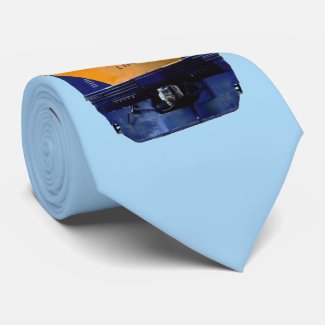
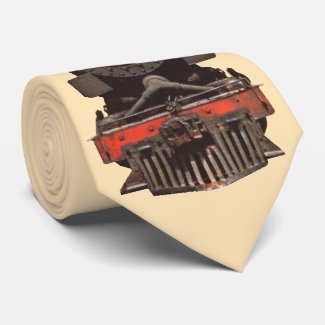
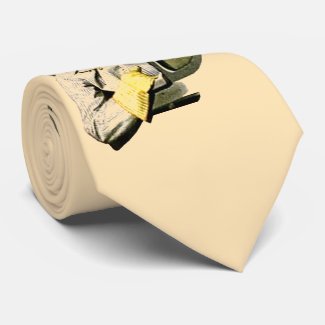
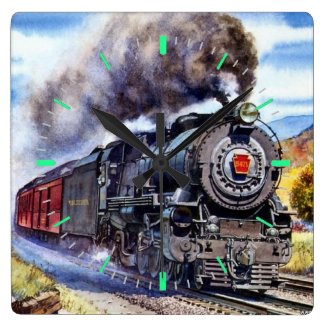
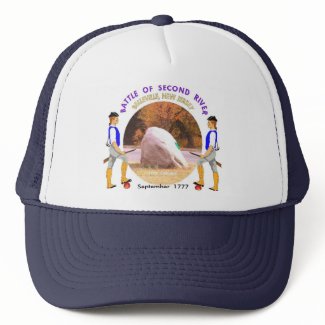




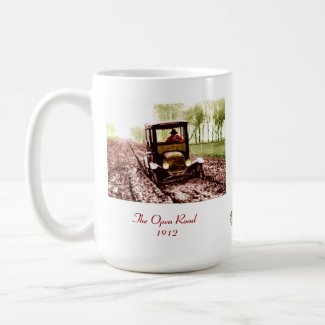
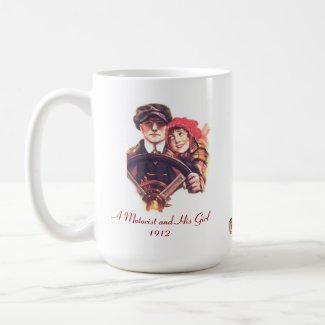
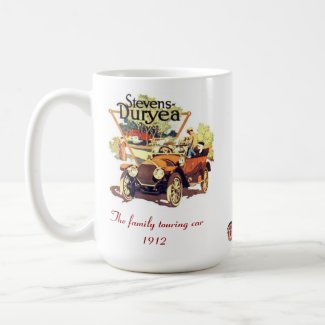
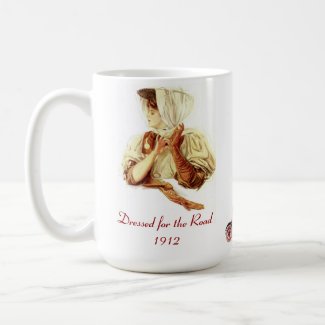
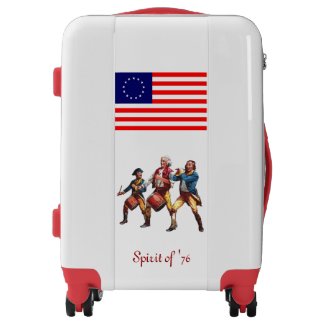

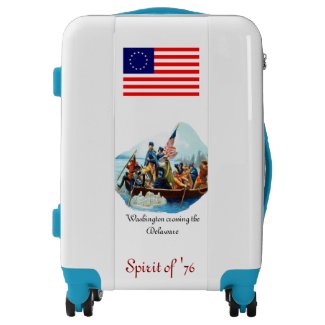
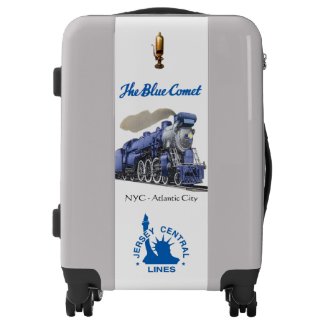
<< Home